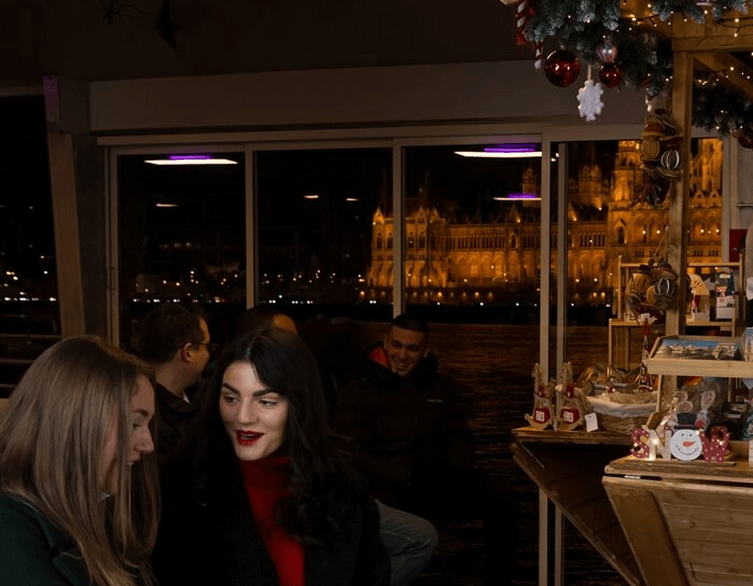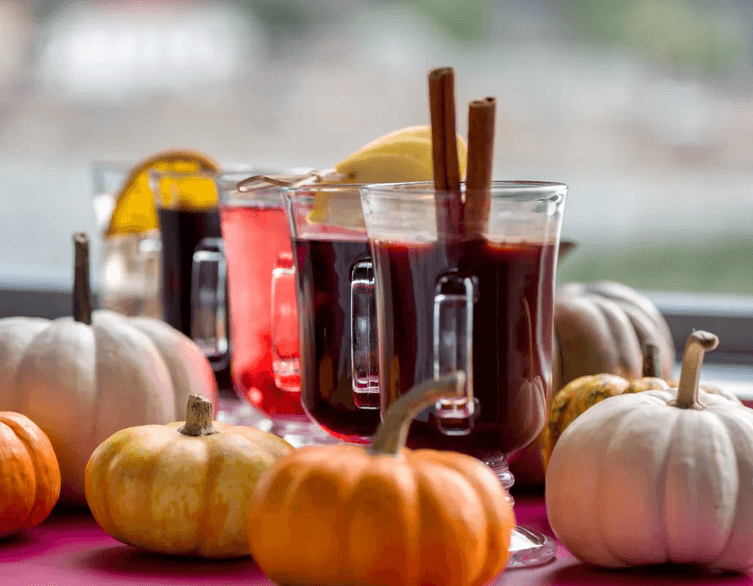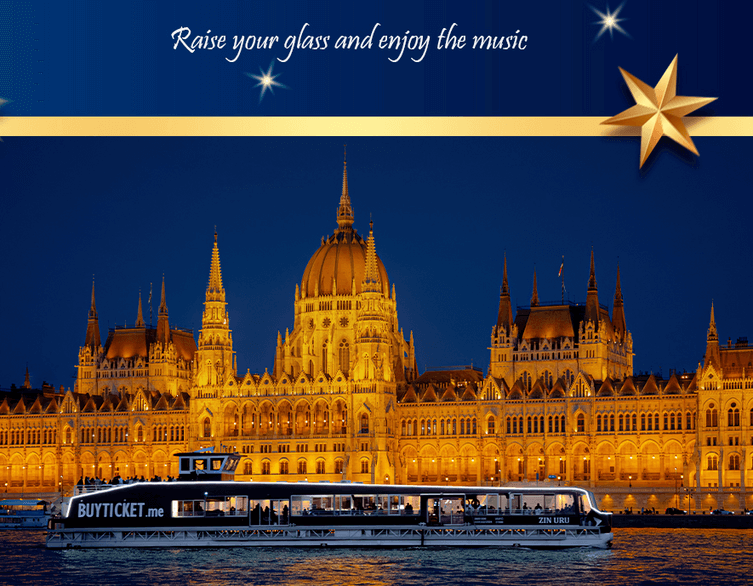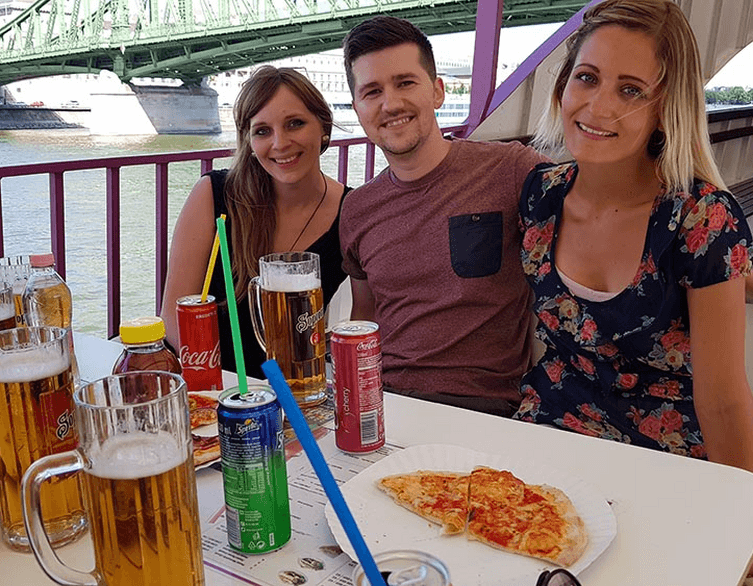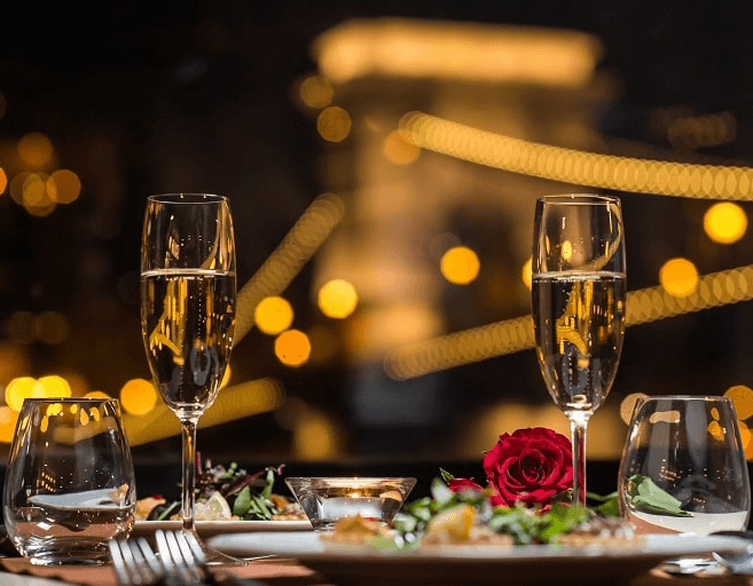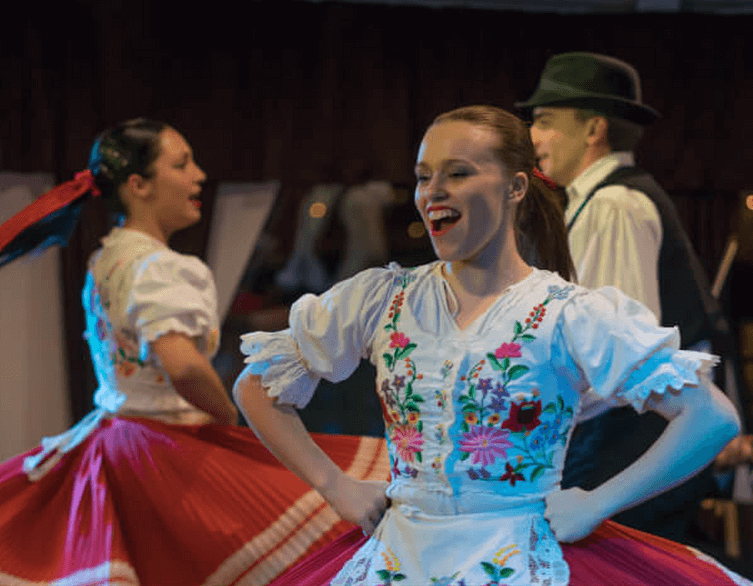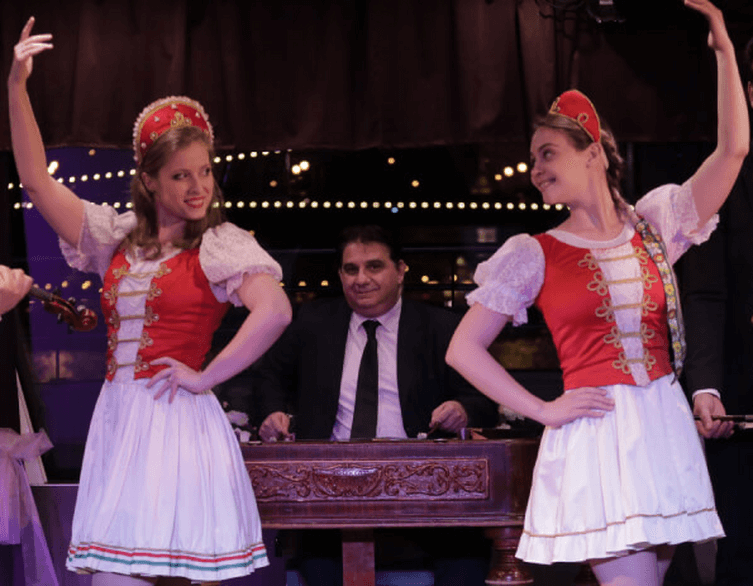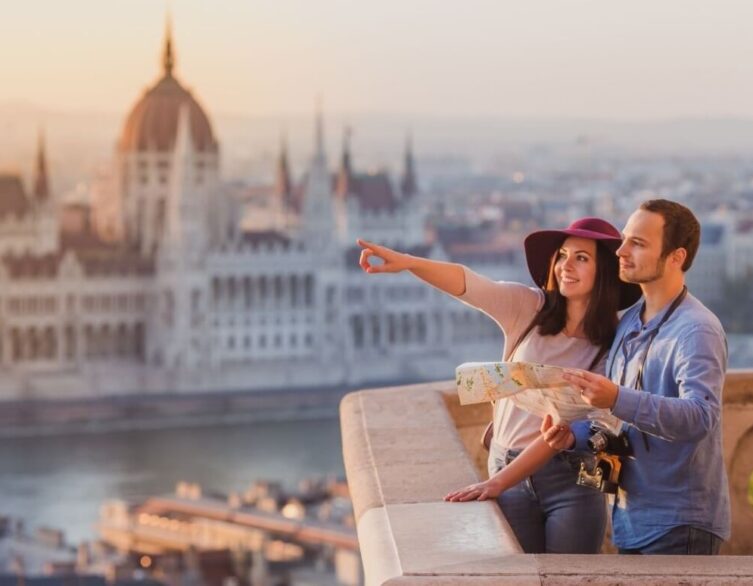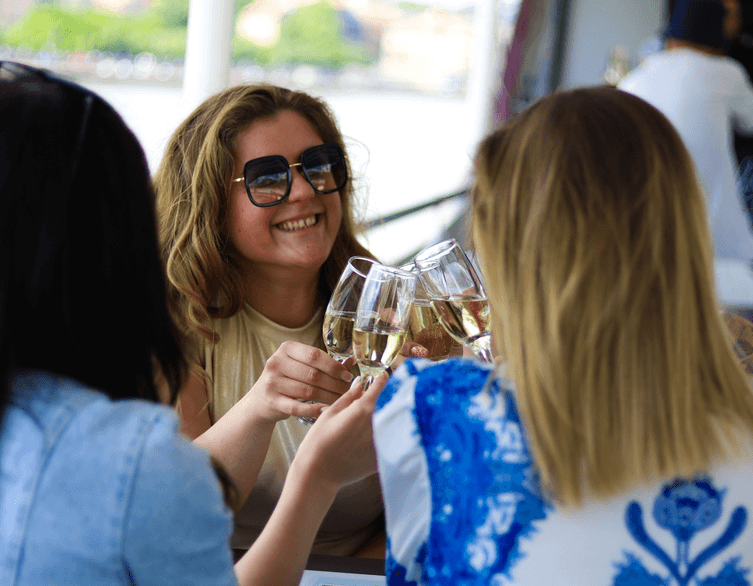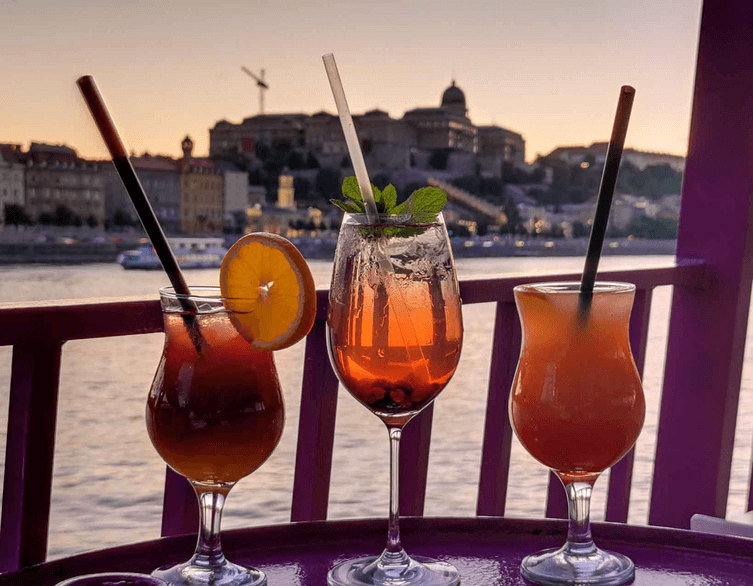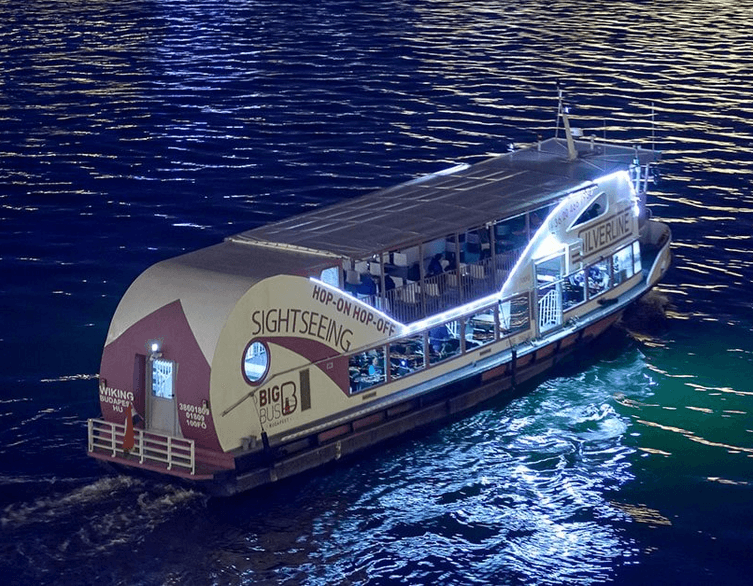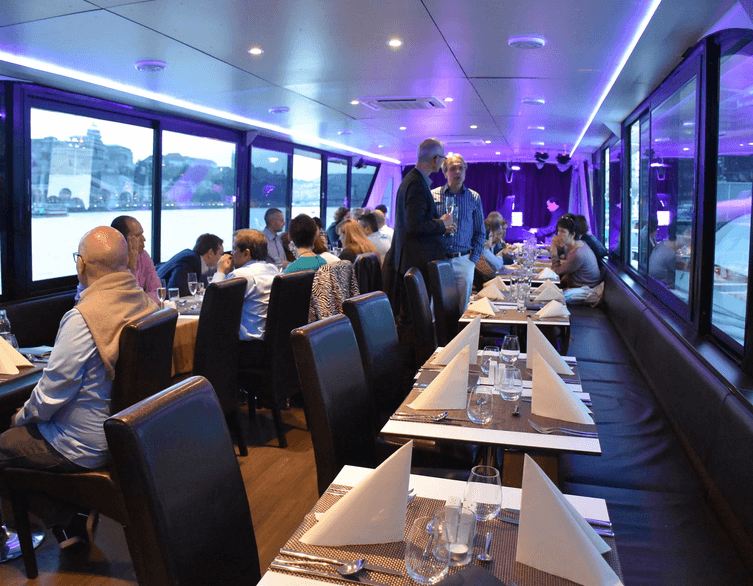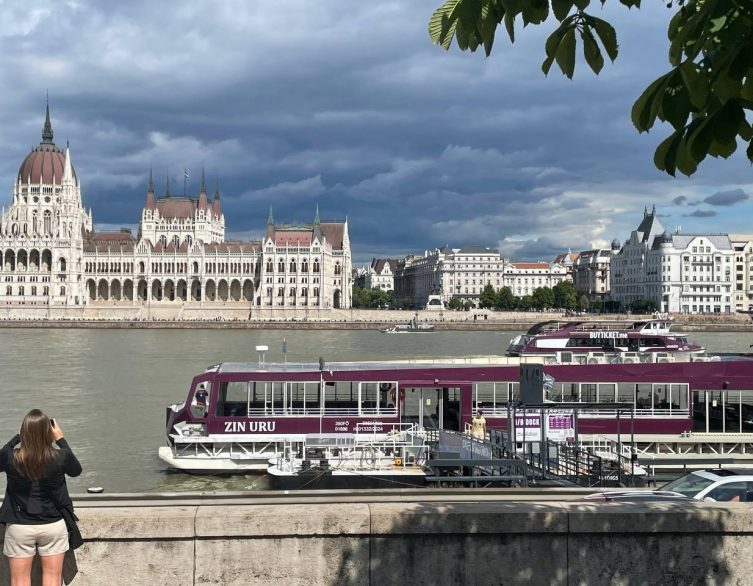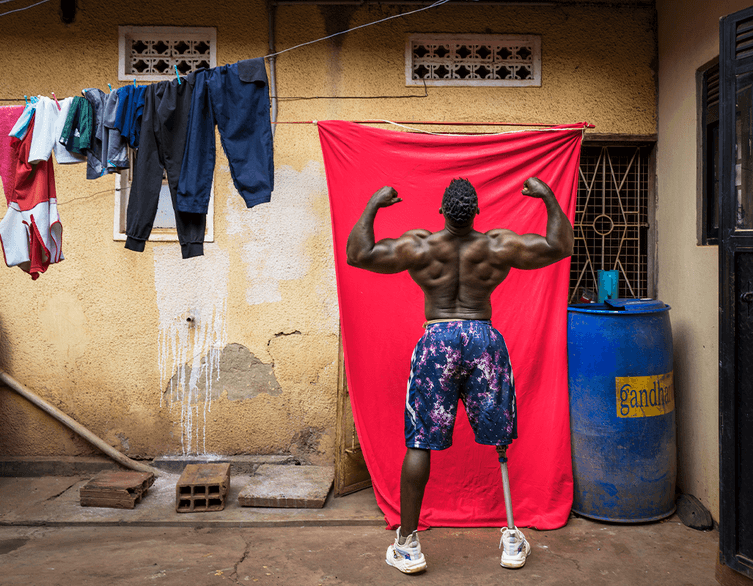Discover Hungarian Fashion Photography History at Capa Center: Santhó Imre Exhibition
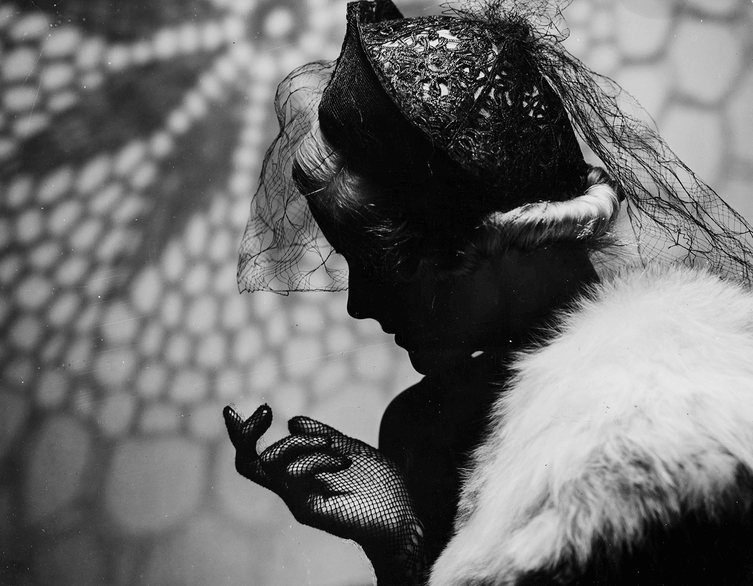
If you’re exploring Budapest’s rich cultural scene, don’t miss a fascinating glimpse into early 20th century fashion photography at the Capa Center. The exhibition “Elegance and Experimentation: Rediscovering Santhó Imre’s Fashion Photography” showcases the rediscovered works of Santhó Imre, a Hungarian-born artist whose groundbreaking fashion photography graced the pages of prestigious European magazines during the 1920s and 30s.
This is the first dedicated exhibition in Hungary for Santhó Imre, a versatile artist who worked as a graphic designer, illustrator, and fashion photographer. Despite achieving international success and photographing celebrities, his work remained largely unknown in his homeland until now.
Exhibition Details
Opening Reception: Today, Tuesday, September 23, 2025 at 6 PM
Opened by: Bence Csalár, fashion expert and writer
Curator: Balázs Gáspár
Exhibition Dates: September 24 – November 23, 2025
Best deals of Budapest
Visiting Hours
- Tuesday-Friday: 1 PM – 6 PM
- Saturday-Sunday: 10 AM – 6 PM
- Closed on Mondays and public holidays
About the Artist
Born in Budapest in 1893, Imre Santhó led a cosmopolitan life that took him across Europe. His father, painter Miklós Santhó, brought him to Munich in 1899, where he completed his education and studied drawing at the schools of Anton Ažbe and Simon Hollósy. After a brief stint working as a draftsman in a Berlin fashion studio in 1914, he served in the Austro-Hungarian army during World War I.
Following the war, Santhó returned to Budapest, where he opened a drawing school and created film posters, fashion illustrations, and advertising graphics. In 1920, he caused quite a scandal by publishing nude drawings of famous Budapest actress Becker Bäby, which led to a court case, though he avoided punishment.
International Career and Artistic Versatility
In 1924, Santhó moved to Berlin during the Weimar Republic era, where his career truly flourished. His fashion drawings and literary illustrations appeared in prestigious magazines including Das Magazin, Das Leben, and Berliner Leben, as well as youth books. From 1933, he transitioned to fashion photography, with his work primarily published in Der Silberspiegel, often featuring on the magazine’s cover.
His photographs also appeared in German publications like Die Dame and Die neue linie, as well as French, Austrian, Polish, and Hungarian magazines. During the 1930s, he worked across Europe, taking fashion shots in Vienna, Budapest, Italy, and the Yugoslav Kingdom.
Santhó was remarkably versatile: he created film posters for early works by Mihály Kertész, caused controversy with his nude drawings, exhibited at the Fészek Artists’ Club alongside Pál C. Molnár and István Zádor, was featured in a German magazine alongside graphic artist Heinrich Zille as an illustrator, and even designed covers using photographs by photography history’s important figure, Edward Steichen.
Personal Life
Santhó married twice. His first wife was Gabriele Silberberg, a German woman of Jewish origin, from whom he divorced in 1943 according to documents. Silberberg survived the war and emigrated to the United States. His second wife, Katharina Haarhaus, remembered their relationship as “short, passionate, and not necessarily to the family’s taste.” He had a half-brother, Kamill Santhó, born in 1940, who currently lives in Karlsruhe.
After returning to Hungary in 1943, Santhó mainly created caricatures after the war’s end. Around 1948, he moved back to Germany, living in Frankfurt am Main during the 1950s, where he died.
What Makes This Exhibition Special
The exhibition focuses primarily on Santhó’s stunning fashion photography, but also displays previously unseen graphics, illustrations, and documents. His fashion images are characterized by refined elegance, harmonious composition, and sophisticated light-shadow play across various locations. What set Santhó apart from his contemporaries was his experimental approach and bold compositions, making his photographs feel remarkably fresh even by today’s standards.
As journalist Werner Suhr wrote about him in 1936: “Santhó creates fashion images that even those who are least interested in fashion examine with pleasure, so interesting is his personal vision.”
The displayed works come from the collections of the Museum für Kunst und Gewerbe Hamburg and the Kunstbibliothek Berlin. The research into Santhó Imre’s life and works was supported by the European Union’s Culture Moves Europe mobility program and the National Cultural Fund.
Why Visit
This exhibition offers a unique opportunity to discover a forgotten master of fashion photography and gain insight into the sophisticated visual culture of early 20th century Europe. Whether you’re interested in photography, fashion history, or Hungarian cultural heritage, this exhibition provides a captivating window into an era when Budapest artists made their mark on the international stage.
The Capa Center is easily accessible in Budapest’s cultural district, making it a perfect addition to your cultural itinerary while exploring the city’s vibrant arts scene. Don’t miss this rare chance to see works that bridge Hungarian artistic heritage with international fashion photography history.
Related news

